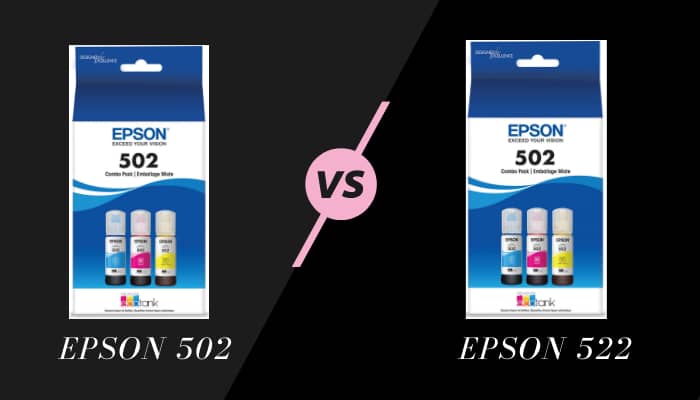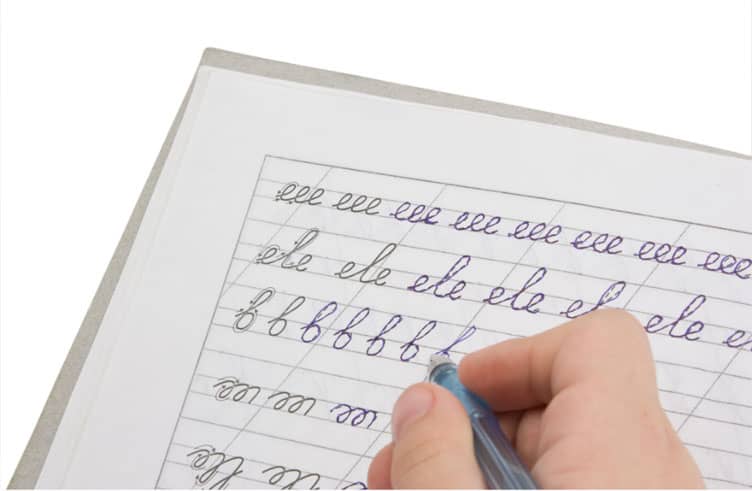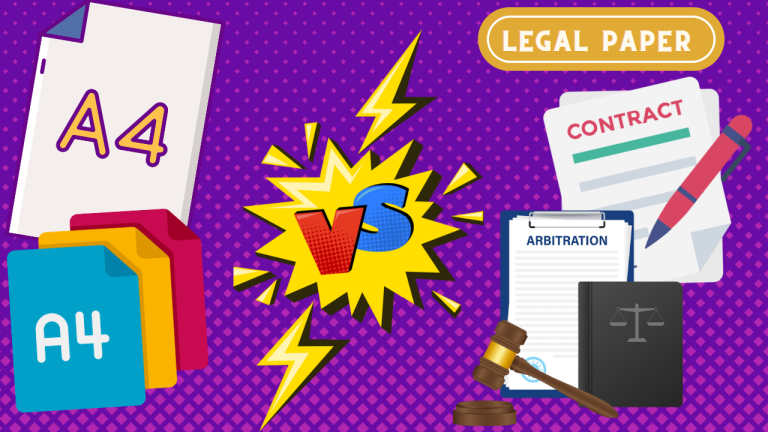You cannot go wrong with any of the Epson T-series ink models in terms of ink efficiency. However, before you buy there are other factors to consider. For instance, some ink bottles are pigment based while others are dye based and some ink bottle series print more pages than others. By reviewing the blog you will come to know the Difference between Epson 502 and 522 ink.

What is Epson 502?
This Epson T502 Ink Bottle has a high yield capacity. It is perfect for frequent volume printing. You could refill the ink when required, reducing waste and confirming that you only use the ink that you need.
One bottle will print almost 7,500 pages.
The ink in this bottle is black.
It is compatible for use in Epson ET-3700 and ET-2700 printers.
This bottle holds 127 mL of ink.
This bottle can be known by the manufacturer’s code, C13T03K192.
Drop off your used ink and toner cartridges at any store for recycling which guarantees zero waste to landfill.
What is Epson 522?
This Epson 522 Ink uses auto stop technology. It means each color is uniquely keyed while filling up your printer’s tank. They have a high capacity so each tank will not have to be refilled as often. They are designed to deliver bright and bold printouts.
The ink is compatible for use with your ET-4700 or ET-2710 printer.
One bottle will print 4,500 pages
The ink in this bottle is black.
This bottle can be known by the manufacturer’s code, C13T00M192.
Drop off your used ink and toner cartridges for recycling which guarantees zero waste to landfill.
Are Epson 502 and 522 ink the same?
522 black is dye-based, and 502 black is pigment-based, and they are absolutely not compatible.
Epson 502 vs. 522 ink – Difference between Epson 502 and 522 ink
The black Epson 502 contains pigment-based ink for long-term documents. The magenta, cyan, and yellow Epson 502 hold dye-based ink for lively color prints. The Epson EcoTank 522 black ink bottle is a dye-based ink.
The dye-based inks are made from water-soluble dyes. It originated either from plant extracts or for the most significant part, from synthetic chemistry.
As Epson 522 ink has a low diffusion factor, they offer more saturated and vivid printed colors. They will be also easily absorbed by the surface of the paper because of their surface tension properties. And so make it possible to keep the gloss of the printed product.
The dye-based inks are inexpensive and typically used in SOHO or amateur-aimed printers.
The pigment-based EcoTank 502 inks are made from pigment originating from organic synthesis. These are encapsulated with a synthetic resin and suspended in a liquid.
The corresponding molecules are much bigger than the dye-based inks. Because of their size and chemical structure, these inks show much greater lightfastness. These are less prone to fade with humidity and gases (particularly ozone).
Instead, their size will impair the fixation below the paper surface and might alter the surface of the printed material – particularly on glossy media.
The use of pigments could also lead to metamerism and ‘bronzing’ (color saturation with the metal-like surface feature). the pigment-based inks are primarily used in high end printing jobs for professional use and special attention for longevity because of their high production costs.
Advantages of dye ink
522 Dye inks look more vivid and brilliant than the pigment ink and are capable to provide softer colors. They may come off while getting in contact with water except printed on the specially coated label material. As long as the label does not rub against anything troubling the print is water-resistant. When it comes to quality usually spoken dye ink wins.
Advantages of pigment ink
502 Pigment inks tend to be lighter in color than dye. They are more water-resistant while creating a truer solid black than dye. Especially when the label is visible to UV light for several months, the pigment ink holds its quality, color, and vivacity better than dye. The winner is pigment ink in terms of water resistance and long life durability plus color stability.
Which ink should I choose?
Most clients did choose DTM Print’s color label printers because of the exceptional color label they get with dye ink. And take the small restrictions concerning water resistance and fading into account.
In more industrial applications, wherever the need for lasting labels beats the wish for nice labels, the use of pigment ink is desired.
Label printers for example Primera’s LX500e or LX910e work either with dye-based or pigment ink using a similar machine by just switching the all-in-one ink cartridge.
Which ink type is best for the print?
Pigment ink uses small color particles that are held in a suspension while Dye ink uses color substances that are dissolved in a liquid. The water soluble dye could be seen as sugar that dissolves in water plus the pigments as sand mixed in water.
522 Dye based inks are capable to provide a wider color space for more vibrant and colorful prints. But will come off while getting in contact with water unless printed on the specially coated label material. The print is water-resistant as long as the label does not rub against anything troubling.
Initial print quality among dye and 502 pigment ink is almost the same. Both the vivacity and color reproduction appearance are very similar. It is hard to tell the difference between dye and pigment ink before comparing quality not looking side by side.
All inks, whether pigment or dye, will start to fade over time. Dye ink, usually, is recommended for indoor use on products that would be consumed in less than a year. If visible daily to direct sunlight otherwise bright indoor lights, dye inks might start to fade quickly.
Pigment ink 502 has a greater UV resistance and so is selected while many years of indoor use or up to two years of outdoor life is essential with little fading.
How do I know if my printer ink is dye or pigment?
Dye inks 522 consists of a soluble colorant, or dye, dissolved in liquid. While pigment inks consist of microscopic specks of solid colors which are suspended in liquid.
Pigment vs Dye Ink
Until a few years before, the key benefits of dye-based inks were an extensive color range and lower cost, while its drawbacks were that it was water soluble (a single drop of water could ruin a print) and that prints would fade faster. Pigmented inks, contrariwise, lasted longer and were more water-resistant, however, had less color depth and were costlier.
Today, however, there is little variance between present dye-based and pigmented inks, with the slight advantage going to pigmented inks. Steady improvements in the inks’ formulas have addressed the deficiencies of both kinds. And current generation inks produced by name-brand manufacturers are usually claimed to be fade-resistant to last a lifetime while used with the recommended paper.
Generally, 502 pigment inks are marketed to pro users, while lower cost dye-based inks are marketed to enthusiasts. Black and white photographers tend to choose pigmented inks. However, a casual look at side-by-side prints will disclose only delicate differences that might only be appreciated by professional and severe amateur photographers. Even so, several pro printers are more than pleased with dye-based prints.
Conclusion
If you use a printer’s commended ICC profiles for the blend of paper and ink that you are using, image quality must be consistent while comparing dye and pigmented ink prints.
Epson makes both pigment-based 522 and dye-based 502 inks. There is not much difference between epson 502 and 522 ink. Its Ultra Chrome Hi-Gloss, used in its high-end Stylus Photo R1800 printer, is pigment-based and is graded to last 250 years.
While Epson’s Claria Hi-Definition, which is used in printers like its Epson Stylus Photo 1400, is claimed to last 98 years. Canon and HP furthermore offer both dye and pigment-based inks and compatible printers.
Do not change inks in midstream!
The one main caution about inkjet printer inks is that you must only use the kind of ink commended for your printer. Pigment-based inks would rapidly clog the inkjets of a printer that is designed for dye-based ink.






